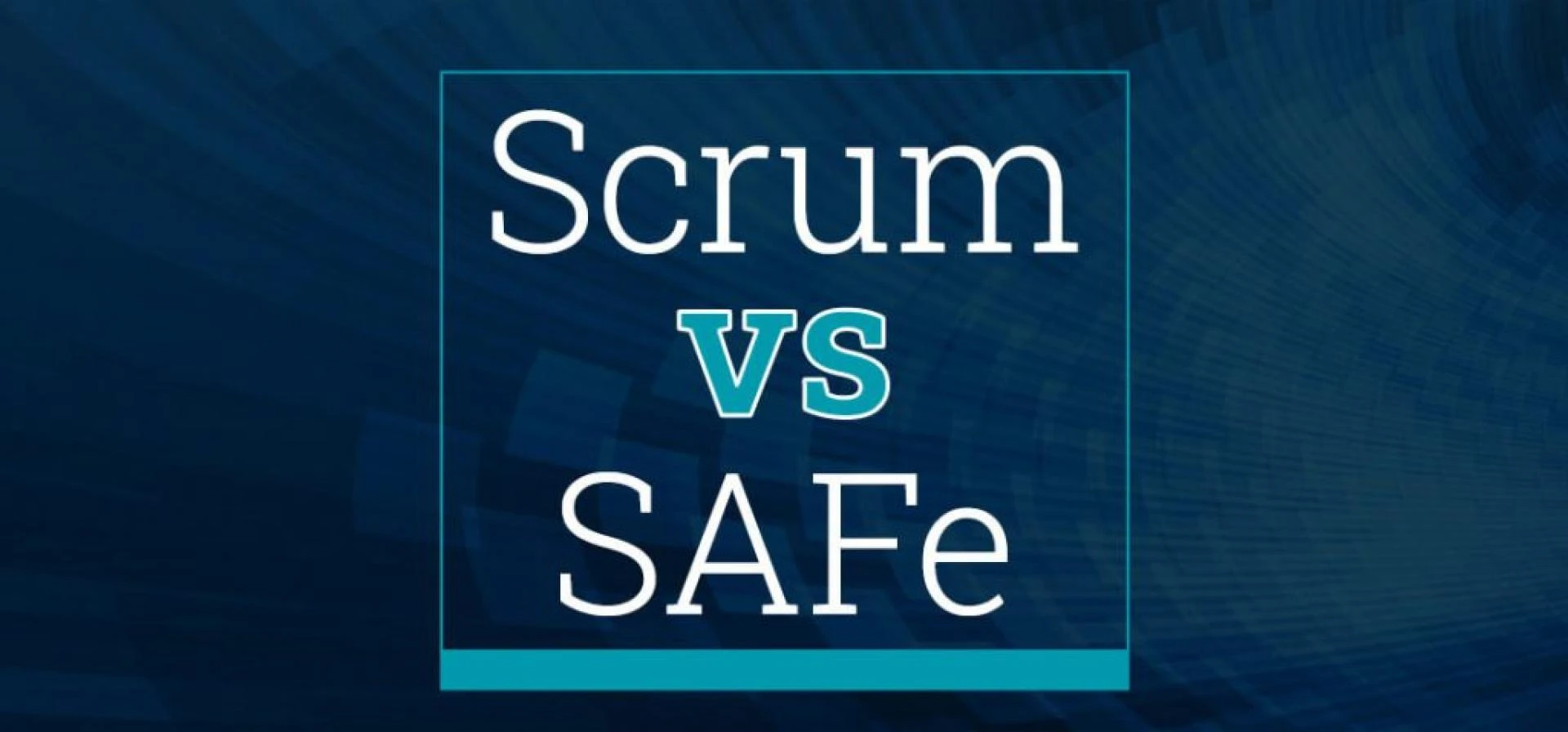[caption class="snax-figure" align="aligncenter" width="1140"] [/caption]
[/caption]
Scaled Agile Framework (SAFe) and Scrum are frameworks functioning under Agile principles and values. Although there are a finite set of differences between these two, it is always a better idea to have an in-depth understanding of SAFe and Scrum to avoid confusion for newbies as well as professionals.
To begin with, let us have a look at the definitions of SAFe and Scrum.
According to Scrum.org, Scrum is a framework within which people can address complex adaptive problems, while productively and creatively delivering products of the highest possible value. This definition consists of Scrum’s roles, events, artefacts, and the rules that bind them together.
SAFe, on the other hand, is a framework that explains an approach for scaling agile for working in larger enterprises and bigger teams, working on the same or multiple products.
In simpler words, Scrum is a framework mostly based on the principles and values of Agile focusing on a smaller number of teams. While SAFe is implementing agile at an Enterprise level.
This blog on "Difference Between a Scrum and SAFe" is originally published on Agilemania. The primary difference between Scrum and SAFe is in the way they are taken into practice. SAFe is a scaled framework that is advanced in a manner that fills the gap Scrum has left behind. Between Scrum and SAFe, although the latter lacks focus on release planning and retrospect for improvement, the former largely focuses on the same.


